Create a virtual environment (recommended)
Python virtual environments are used to isolate package installation from the system.
Create a new virtual environment by choosing a Python interpreter and making a ./venv directory to hold it:
virtualenv --system-site-packages -p python3 ./venv
Activate the virtual environment using a shell-specific command:
source ./venv/bin/activate # sh, bash, ksh, or zsh
If using conda, you can run
conda create -n tensorflow python=3.7
source activate tensorflow
pip install -r requirements.txt
OR
Install Tensorflow
pip install tensorflow==1.14
Install wikipedia
pip install wikipedia
Install PyYAML
pip install PyYAML
Downloaded automatically while training
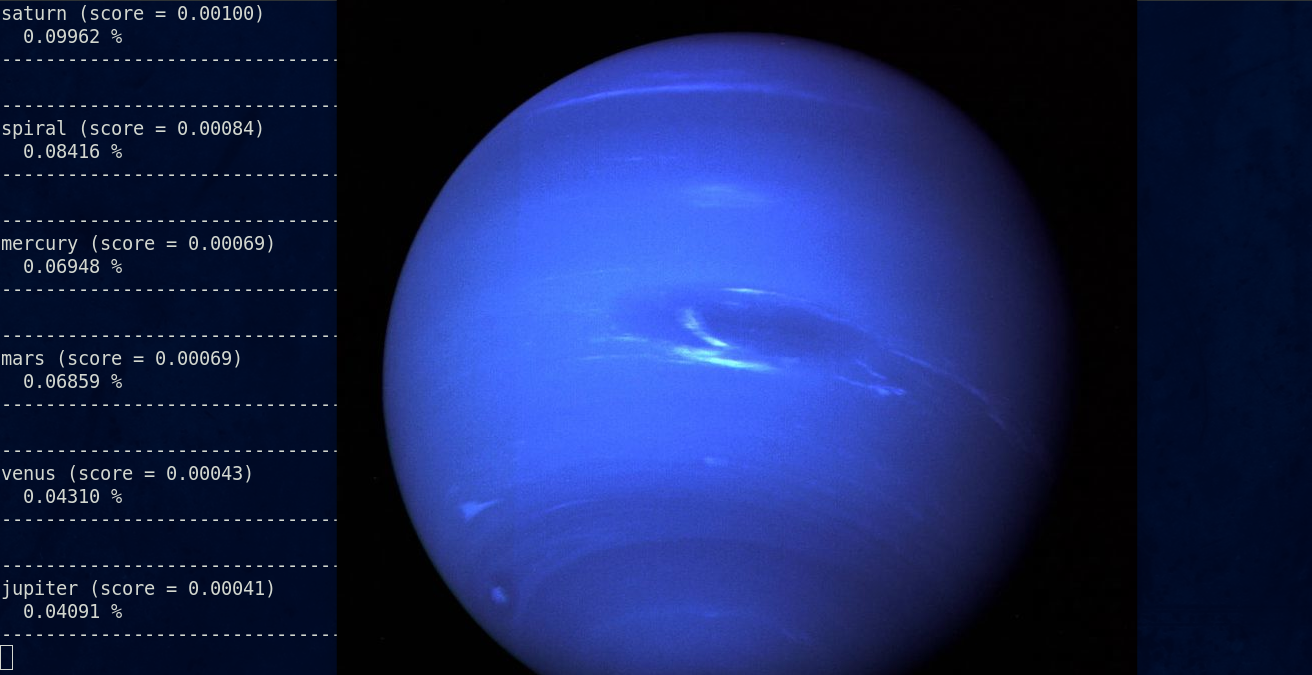






python retrain.py --bottleneck_dir=bottlenecks --how_many_training_steps=500 --model_dir=inception --summaries_dir=training_summaries/basic --output_graph=retrained_graph.pb --output_labels=retrained_labels.txt --image_dir=./training_data
python label_image.py test_data/uranus.jpg

The Inception network was an important milestone in the development of CNN classifiers. Prior to its inception (pun intended), most popular CNNs just stacked convolution layers deeper and deeper, hoping to get better performance.
The Inception network, on the other hand, was complex (heavily engineered). It used a lot of tricks to push performance; both in terms of speed and accuracy. Its constant evolution led to the creation of several versions of the network.
The below image is the “naive” inception module. It performs convolution on an input, with 3 different sizes of filters (1x1, 3x3, 5x5). Additionally, max pooling is also performed. The outputs are concatenated and sent to the next inception module.

An astronomical object or celestial object is a naturally occurring physical entity, association, or structure that exists in the observable universe. [1] In astronomy, the terms object and body are often used interchangeably. However, an astronomical body or celestial body is a single, tightly bound, contiguous entity, while an astronomical or celestial object is a complex, less cohesively bound structure, which may consist of multiple bodies or even other objects with substructures.
Examples of astronomical objects include planetary systems, star clusters, nebulae, and galaxies, while asteroids, moons, planets, and stars are astronomical bodies. A comet may be identified as both body and object: It is a body when referring to the frozen nucleus of ice and dust, and an object when describing the entire comet with its diffuse coma and tail.
A galaxy is an enormous collection of interstellar dust, gas, stellar remnant, stars along with their own solar systems held together by gravity. Earth is situated in the Milky Way galaxy. The Milky Way is a spiral-shaped galaxy with a diameter ranging 100,000 and 180,000 light-years. Our galaxy was thought to contain all the stars in the universe until, in 1920, Edwin Hubble observed that the Milky Way is one of many galaxies in the universe and that every galaxy contains potentially billions or trillions of stars. To this day, only a small fraction of galaxies have been discovered.
In recent years, astronomy has become an immensely data-rich field with numerous digital sky surveys across a wide range of wavelengths. For example, the Sloan Digital Sky Survey will produce over 50,000,000 images of galaxies in the near future. Studying the morphology of galaxies is one of the most important aspects of answering many of the questions to which humanity does not yet know the answer, namely the creation of the universe. Scientists can understand the origin, formation, and evolution of galaxies by classifying galaxies by their structural appearance. The morphological classification of galaxies in a large database is important to help astronomers reduce classification errors and to help them collect statistical and observational data and discover the mystery of nature in general.
Astronomers can look into time and space as far as billions of light years away from Earth and explore millions of galaxies far away using space telescopes that are much more powerful than our eyesight.
 Figure 1: Three classes of galaxy morphological. From left to right: Elliptical Shaped Galaxy, Spiral
Shaped Galaxy and Irregular Shaped Galaxy (en.Wikipedia.org, 2006)
Figure 1: Three classes of galaxy morphological. From left to right: Elliptical Shaped Galaxy, Spiral
Shaped Galaxy and Irregular Shaped Galaxy (en.Wikipedia.org, 2006)
There are different types of galaxies:
ELLIPTICAL
An elliptical galaxy is a type of galaxy having an approximately ellipsoidal shape and a smooth, nearly featureless image.
Unlike flat spiral galaxies with organization and structure, elliptical galaxies are more three-dimensional, without much
structure, and their stars are in somewhat random orbits around the center.
SPIRAL
Spiral galaxies form a class of galaxy originally described by Edwin Hubble in his 1936 work The Realm of the Nebulae and, as such, form part of the Hubble sequence. Most spiral galaxies consist of a flat, rotating disk containing stars, gas and dust, and a central concentration of stars known as the bulge.
IRREGULAR
An irregular galaxy is a galaxy that does not have a distinct regular shape, unlike a spiral or an elliptical galaxy. Irregular galaxies do not fall into any of the regular classes of the Hubble sequence, and they are often chaotic in appearance, with neither a nuclear bulge nor any trace of spiral arm structure.
A planet is an astronomical body orbiting a star or stellar remnant that is massive enough to be rounded by its own gravity, is not massive enough to cause thermonuclear fusion, and has cleared its neighbouring region of planetesimals. There are a total of 8 planets in our solar system:

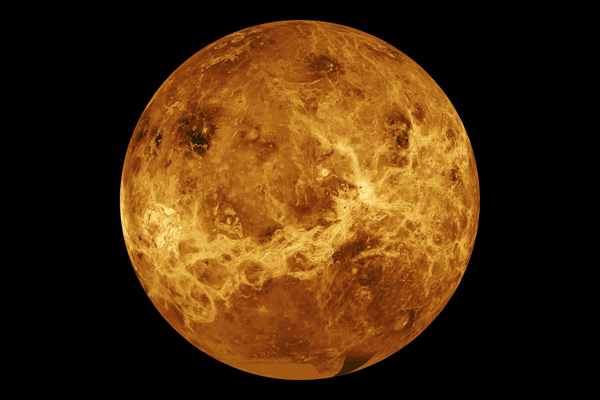
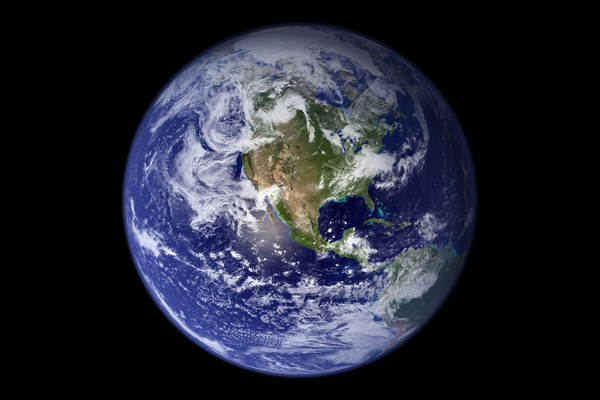


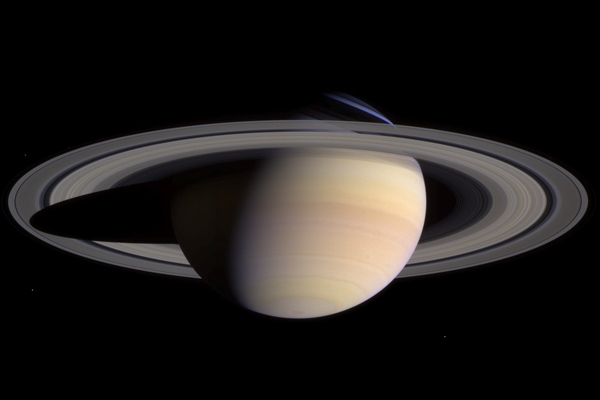
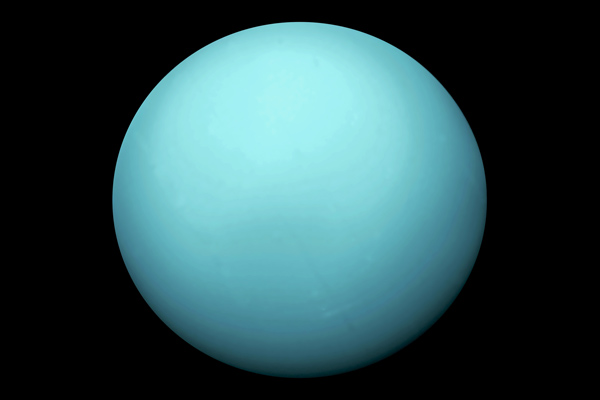
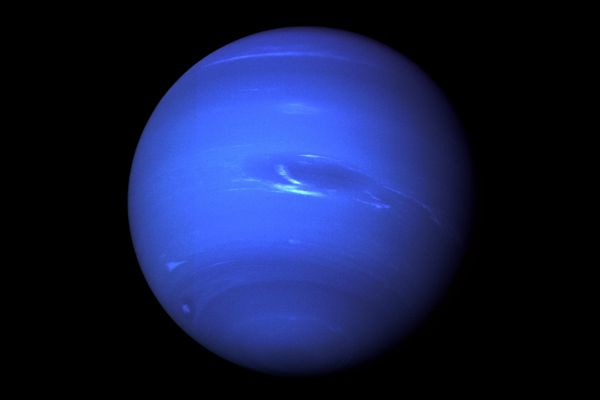
ritwik12/Celestial-bodies-detection is licensed under the GNU General Public License v3.0
Permissions of this strong copyleft license are conditioned on making available complete source code of licensed works and modifications, which include larger works using a licensed work, under the same license. Copyright and license notices must be preserved. Contributors provide an express grant of patent rights.